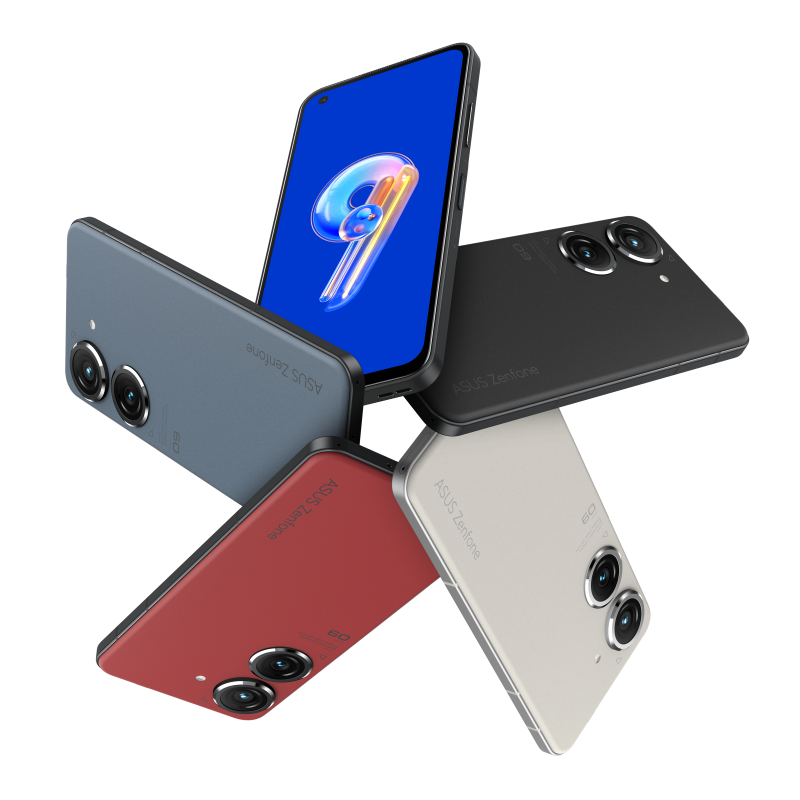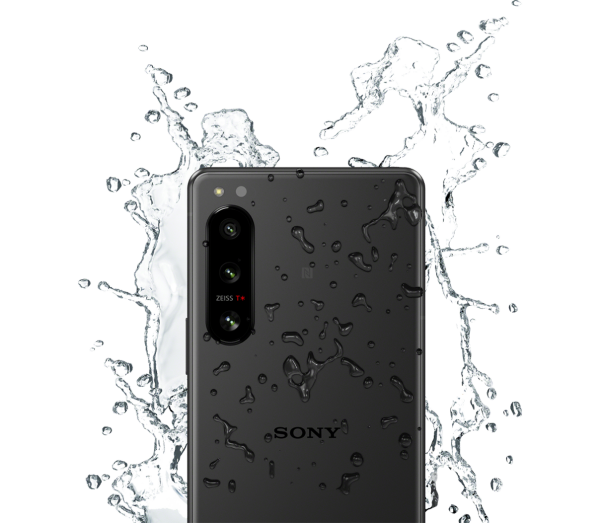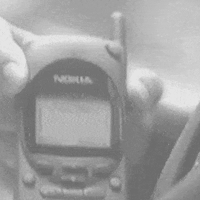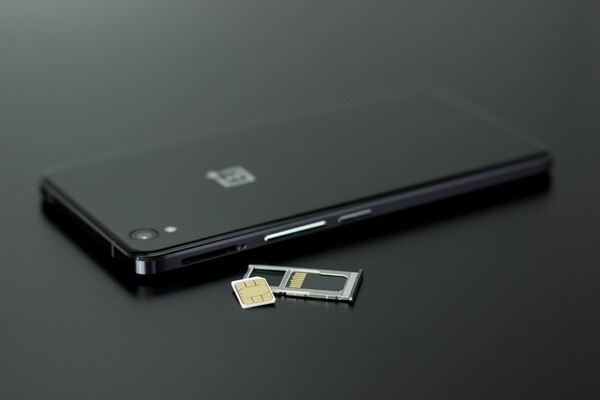
It’s a real shame the carriers aren’t selling the well-reviewed Asus Zenfone 9. (Asus)
If you’re a fan of small phones and you follow a lot of tech coverage, you’re likely to be getting a lot of mixed signals right now. The fact is, the market could not be harder to navigate for people who prefer a phone with a screen with a width of six inches or less, something that was once significantly more common before the market began to favor big phones instead.
This week, Apple is anticipated to ditch its Mini line of iPhones in favor of a new larger device that will hit a lower price point than previous Max phones sold by Apple.
I get it—the sales numbers clearly did not favor the phone’s permanent place in the lineup, making it into the 12-inch MacBook of the iPhone line. Still, the loss of the iPhone Mini, a relatively niche device in the company’s lineup, is nonetheless disappointing for those people who prefer a more manageable device in their lives, such as my wife, who held onto an iPhone 5 for more than seven years because she didn’t want the disruption of a larger device. (Pro tip to Apple: Revive the Mini line with the iPhone SE next year—it will make everyone happier. Trust me on this.)
YouTuber Sara Dietschy reviewing the iPhone 13 Mini last fall—and highlighting the pluses and minuses of small phones for the average user.
For years, it was also seen as basically the only good small phone option for people who wanted a smartphone that fit a minimal spot in their loves. But that has changed of late, thanks to a couple of recent entrants into the Android space—including the Asus Zenfone 9, which packs a couple of large cameras, but more notably, hits the just-below-6-inches mark with a low-key, elegant device that has gotten solid reviews from all the people you’d hope would offer such reviews.

The Sony Xperia 5 IV pulls off the rare trick of being IP68 water resistant and still having a headphone jack. (Sony)
Also of note on this front is Sony, whose Xperia 5 IV fits neatly into the small phone category thanks to its 6.1-inch display that tends to be on the thin and tall side. (That makes it functionally slimmer than the Samsung’s Galaxy S22 and Google’s Pixel 6a—6.1-inch devices that have evolved into small phones almost by default.)
Both of these phones have a lot going for them—both devices have headphone jacks, a rarity in 2022, while the Sony device is a cut-down version of a high-end phone the company sells that tends to lean towards the professional market. But both devices have notable faults that may prove to be disappointments for end users. First, the $699 Zenfone 9 doesn’t support Verizon, which means it cuts off one of the three primary carriers before it even goes live; and second, the Xperia 5 IV still costs $999, putting its pricing closer to Galaxy S22 Ultra territory than iPhone Mini territory. (Commentators have not been kind.)
But the biggest killer of all is the fact that smartphones that aren’t sold by carriers face a huge hill to climb in the American market, where many still buy devices on two or three-year plans. So, to buy these small phones, you have to test your luck on Amazon, eBay, or elsewhere. Not exactly a show of support—and something that really highlights how carriers pick winners and losers. (Case in point: T-Mobile was essentially the only big carrier that sold OnePlus in the U.S.; only recently did OnePlus get another company, Mint Mobile, to offer a phone under a carrier plan—and not their flagship, either.)
You could make the case that smartphones are likely past the point where you need carrier plans to support your next big purchase. But still, it shuts off the market to players that once had a more dominant role, like Sony, as well as up-and-coming players, like Asus.
Samsung and Google are great and all, but Android is going to be a harder choice to make, even with smaller options filling an important niche, if carriers don’t make room for additional brands.
Time limit given ⏲: 30 minutes
Time left on clock ⏲: 41 seconds



